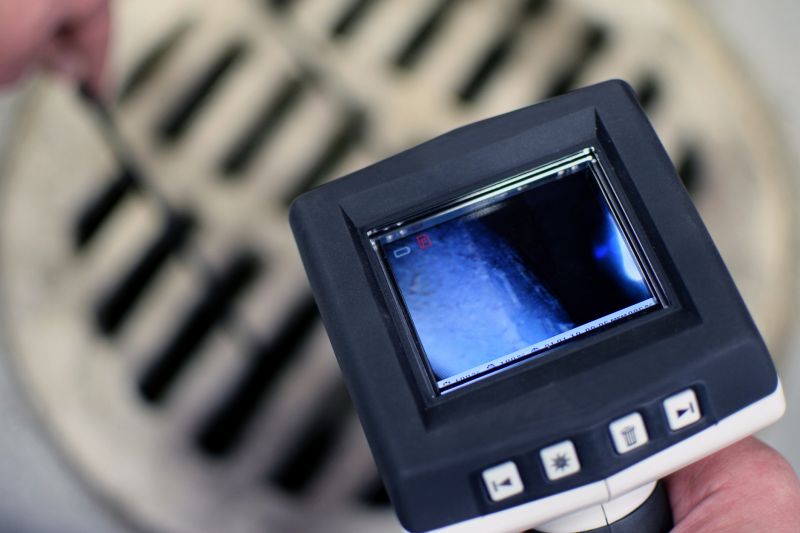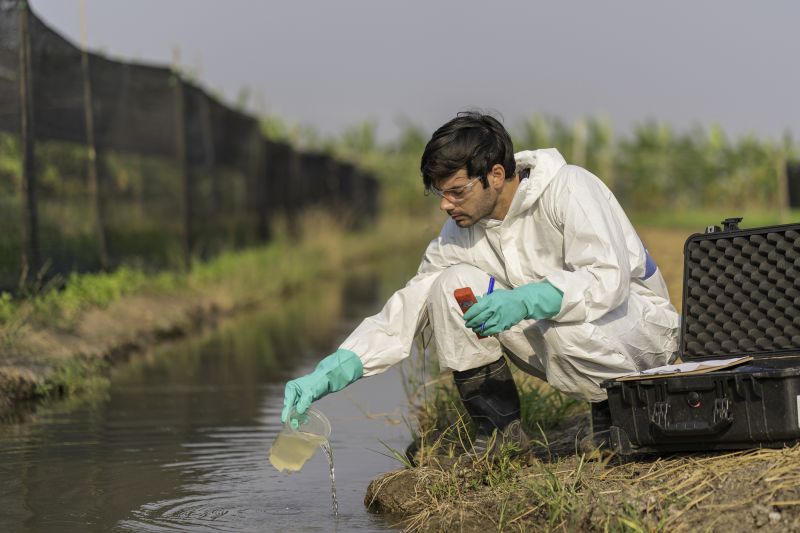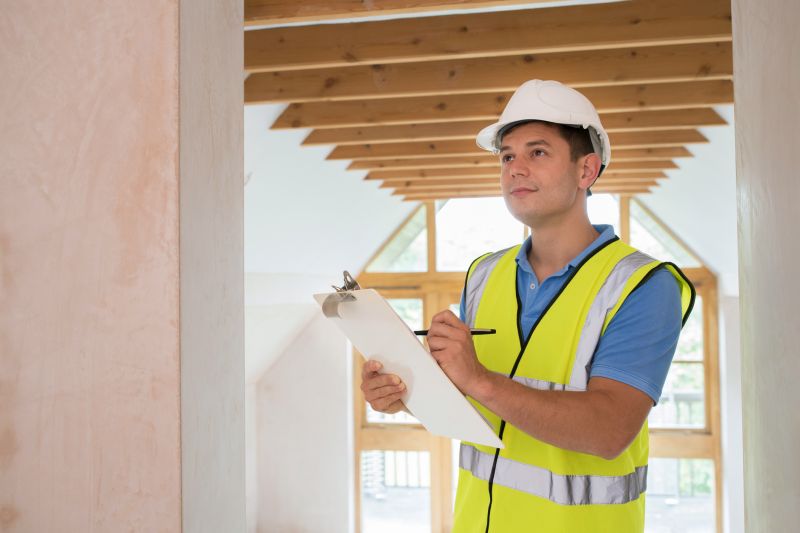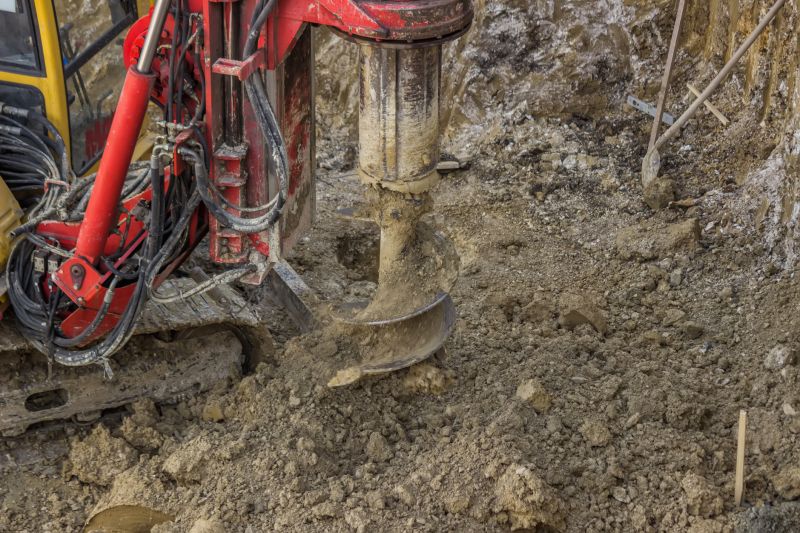Optimal Timing for Well Inspections
Well inspections are essential for maintaining water quality, ensuring system integrity, and preventing costly repairs. The timing of inspections can influence their effectiveness and help identify issues early before they escalate.
Spring is ideal for well inspections as it allows for early detection of issues after winter, such as freezing damage or sediment buildup.
Fall inspections prepare the well system for winter conditions, ensuring proper functioning during cold months and preventing freeze-related problems.
Following storms or heavy rainfall, inspections can identify contamination risks or structural damage caused by weather events.
Conducting a well inspection before buying or selling property can verify water quality and system condition, facilitating smoother transactions.

Specialized tools are used to assess well integrity and water quality.

Technicians perform visual inspections and testing during routine assessments.

Samples are analyzed for contaminants and water quality indicators.

Ways to make Well Inspections work in tight or awkward layouts.

Popular materials for Well Inspections and why they hold up over time.

Simple add-ons that improve Well Inspections without blowing the budget.

High-end options that actually feel worth it for Well Inspections.

Finishes and colors that play nicely with Well Inspections.
| Season/Time | Recommended Actions |
|---|---|
| Spring | Inspect for winter damage, sediment buildup, and water quality issues. |
| Summer | Monitor for temperature-related problems and perform routine checks. |
| Fall | Prepare for winter, check for freezing risks, and test water quality. |
| Post-Storm | Assess for contamination or structural damage. |
| Pre-Transaction | Verify well condition and water safety before property transfer. |
Well inspections are crucial for ensuring the safety and functionality of private water supplies. Regular assessments can help identify potential problems early, such as sediment accumulation, corrosion, or contamination. Water quality testing during inspections provides vital information about safety and potability, supporting health and compliance standards. Proper timing of inspections aligns with seasonal changes and environmental conditions, maximizing their effectiveness and helping to prevent costly repairs or health issues.

Inspection involves checking casing, pump, and pressure tank.

Laboratory testing for bacteria, nitrates, and other contaminants.

Tools used for cleaning and repairing well components.

Professionals performing comprehensive well assessments.

Little measurements that prevent headaches on Well Inspections day.

A 60-second routine that keeps Well Inspections looking new.
Interested in scheduling a well inspection? Filling out the contact form can provide more information and help coordinate a timely assessment to ensure water safety and system reliability.



